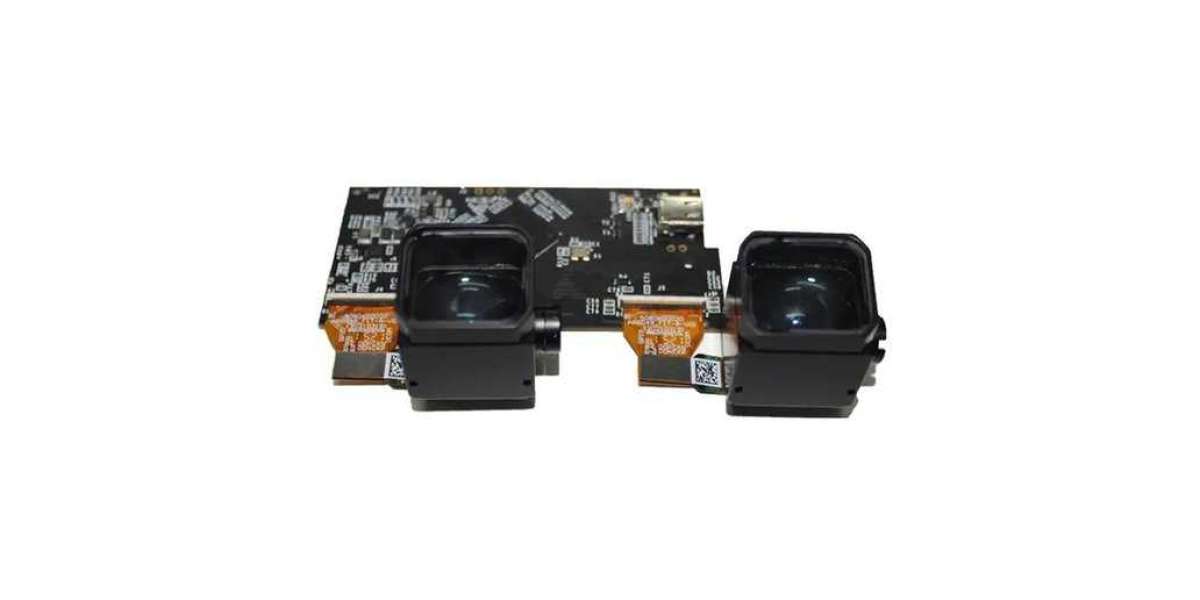In today’s world of high-performance cameras, camcorders, and AR/VR devices, the EVF optical module (Electronic Viewfinder Optical Module) plays a vital role in delivering clear, real-time visuals. It serves as the eyes of a device, allowing users to preview or monitor output with exceptional clarity, even in bright environments.
As the demand for compact yet powerful imaging systems grows, the EVF module has become an industry-standard component across consumer electronics, professional photography tools, and smart AR applications. In this article, we break down what an EVF optical module is, how it works, and why it’s indispensable in modern optics technology.
What Is an EVF Optical Module?
An EVF (Electronic Viewfinder) optical module is a complete optical system built into devices like cameras, AR glasses, and wearables. It combines micro displays (often OLED or Micro OLED), precision lenses, and often a diopter adjustment to give users a bright and focused live view of the digital scene.
Unlike traditional optical viewfinders, EVFs use a digital feed from the image sensor, offering a real-time electronic display of what the lens sees. The optical module includes lenses and housing designed to magnify and correct the microdisplay for human vision.
Key Components and Working Mechanism
An EVF module typically consists of:
Micro Display (OLED or LCOS): Displays the real-time image.
Lens Assembly: Magnifies the display for clear viewing.
Eye Cup Sensor: Detects eye presence to activate the EVF.
Diopter Adjustment: Adjusts focus for different vision types.
When a user looks into the EVF, the display lights up and presents the captured image, which is optically corrected and magnified for comfortable viewing.
Benefits of Using an EVF Optical Module
1. Real-Time Image Monitoring
It allows users to preview exactly what the camera sensor captures, including exposure, white balance, and focus, in real time.
2. Enhanced Visibility in Bright Conditions
Unlike LCD screens, EVFs are less affected by external light, making them ideal for outdoor photography or industrial AR use.
3. Power-Efficient Compact Design
The module is compact and consumes less energy than large LCD panels, helping extend battery life in portable devices.
4. Suitable for Wearables AR Devices
Because of its small form factor and digital nature, the EVF module is also widely used in smart glasses and head-mounted displays.
Common Applications
Professional Cameras Camcorders: Offers precision framing and real-time monitoring.
AR MR Headsets: Integrates with other optical components to render digital overlays.
Medical Imaging Equipment: Helps provide accurate, close-up visuals.
Industrial Viewers: Used in inspection devices and other compact imaging tools.
Future Trends of EVF Modules
As displays become smaller and higher in resolution (e.g., Micro OLED), EVF modules are evolving to match. Expect to see improvements in refresh rate, color accuracy, and size efficiency. Integration with AI-based sensors and eye-tracking technologies is also on the rise, especially in AR and XR environments.
Conclusion: The EVF Optical Module Is a Critical Vision Interface
The EVF optical module bridges the gap between sensor technology and human vision. Whether in a high-end DSLR or a cutting-edge AR headset, it ensures real-time, precise, and immersive viewing in compact formats.
Its role in improving image accuracy, power efficiency, and user comfort makes it a key component in modern optics. As digital devices continue to evolve, EVF modules will remain at the forefront of visual innovation—empowering both professionals and consumers with clearer, more accurate views of the world.











